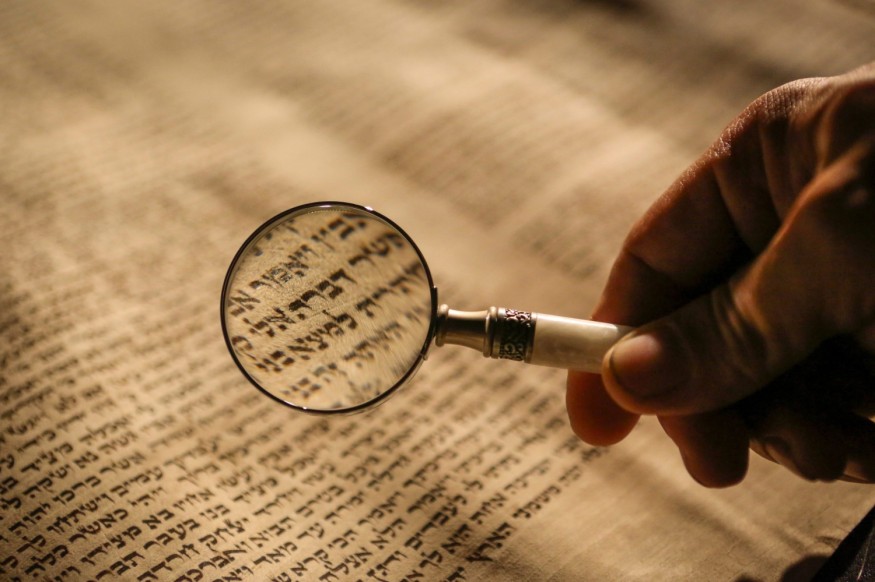Through the use of ultraviolet photography, researchers have uncovered an ancient rendition of a Bible chapter that remained concealed beneath another layer of text for over 1,500 years.
Researchers revealed this remarkable finding in an article, titled "A New (Double Palimpsest) Witness to the Old Syriac Gospels (Vat. iber. 4, ff. 1 & 5)," published earlier this year in the prestigious scholarly journal New Testament Studies by Cambridge University Press.

Ultraviolet Photography Reveals Hidden Chapters From Matthew
Using ultraviolet photography, historian Grigory Kessel has unveiled an ancient text that was hidden beneath layers of words on a palimpsest, Science Alert reported. This palimpsest, an ancient manuscript where new writing was superimposed over previous text, revealed chapters 11 and 12 from the Gospel of Matthew, providing additional insights compared to the standard Gospel text known today.
Kessel made this discovery by examining a manuscript at the Vatican Library containing ancient Christian stories and hymns. The uncovered text belongs to the Old Syriac translations of the Gospels, which often differ from the familiar modern Gospel text.
Palimpsests were used in ancient times due to the scarcity of parchment, resulting in the layering of words over hidden writings. Kessel said in a news release that the findings specifically relate to a previously unseen version of Chapter 12 in the Book of Matthew, which existed in the Old Syriac translations around 1,500 years ago.
This remarkable manuscript discovery at the Vatican Library presents a unique opportunity for researchers to delve into the earliest stages of the Bible's textual evolution.
It reveals variations from modern translations, such as a slight difference in the Greek version of Matthew 12:1, where Jesus' disciples "rubbed the heads of grain in their hands and ate them" in the newly discovered Syriac translation, compared to simply "picking the heads of grain and eating" in the commonly used Greek version.
Through the use of ultraviolet photography and the examination of this palimpsest, Kessel's research sheds light on a previously unknown version of the biblical text, offering valuable insights into the evolution and variations of the Bible's early translations.
How UV Light Reveals Secret Things
Scientists have found success in using UV light to uncover hidden texts, as the light causes the secret writing to glow blue by being absorbed. According to MailOnline, this technique works because the ink is absorbed into parchment, allowing the original writings to remain visible even after reuse.
When imaging with UV light, wavelengths within the UVB (280 - 320nm) and UVA (320 - 400nm) ranges are commonly used, as per Lumenera. Although UVC light could potentially reach a camera sensor, the silicone in the sensor reacts less as the wavelength decreases in the UV spectrum.
In the case of the recent discovery, historian Kessel told MailOnline that the Gospel text was hidden within layers of writing on the same page of a parchment copy of the Gospels Book. The page contained three layers of writing, consisting of Syriac, Greek, and Georgian texts.
This remarkable finding highlights the significance of combining modern digital technologies with fundamental research when studying medieval manuscripts. It comes shortly after the announcement that one of the oldest surviving Biblical manuscripts, a nearly complete 1,100-year-old Hebrew Bible, will be auctioned in May, with experts estimating its value between $30 million and $50 million.
RELATED ARTICLE: 1,100-Year-old Hebrew Bible Is Estimated To Be Sold at $50 Million at Auction in May, Dubbed as the Most Valuable Historical Document Ever Sold
Check out more news and information on Archaeology in Science Times.











